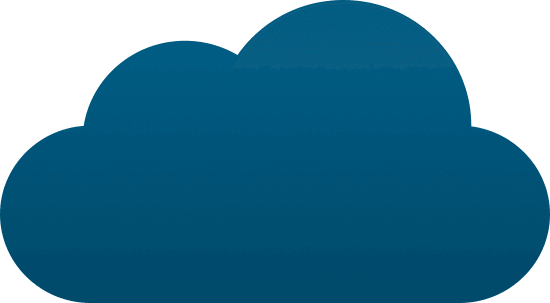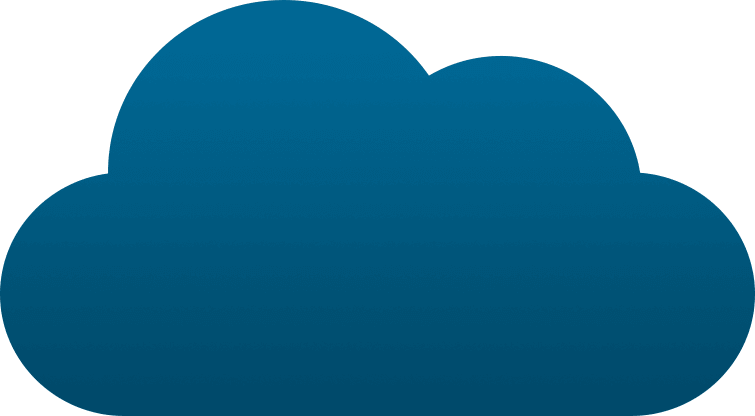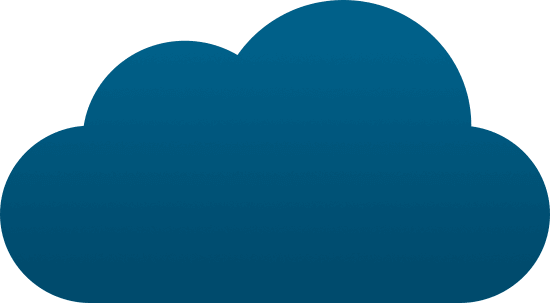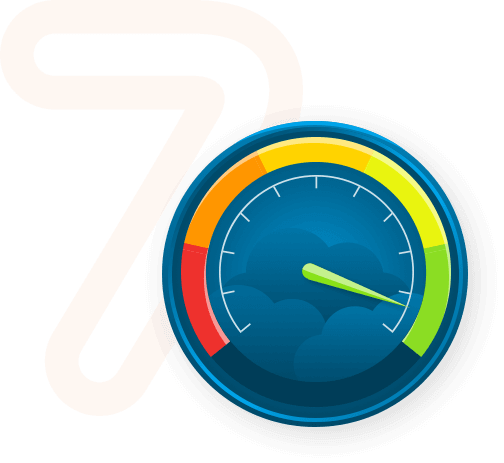Industry Insights at 7Clouds® Stay Connected with Industry Trends, Tips and News
Edge and Cloud Computing: A Winning Team

“To enable digital transformation, you have to build out the edge computing side and connect it with the cloud—it’s a journey from the edge to the cloud and back, and the cycle keeps continuing” – Tony Antoun, senior V.P. of edge and digital at GE Digital, to Automation World.
A team effort
With everything we’re hearing about edge computing, it might seem as though the edge and the cloud are being pinned against each other: edge vs. cloud. What we’re really seeing though, is the emergence of a strategic team. Working together, edge and cloud computing can meet the power-hungry, time-sensitive, and data-heavy demands of today’s technological whirlpool.
No one computing approach can do it all. In fact, proportional growth is predicted with the edge-computing market forecast beyond $4 trillion by 2030, and the cloud-computing market at 10 times that. So, when is it better to use edge or cloud computing? And how do they work together?
A look at the players
First, let’s go over the basics of cloud and edge computing. Simply put, cloud systems are made up of remote data centers that offer compute power at a per-unit cost. These data centers are full of computers that are connected by the internet, and the compute power offered is available to anyone.
On the other hand, edge systems involve running applications as physically close as possible to the source of the data itself. As a result, what edge devices lack in power and storage, they typically make up for with advantageous latency times. While these approaches are different, their complementary strengths are what make them a great team.
Assessing their strengths and assigning positions
Edge and cloud computing complete each other. By processing data close to where it is generated, edge computing becomes the system of choice for running apps like the Internet of Things (IoT), artificial intelligence (AI), and machine learning. For less time-sensitive apps, like inventory or big-data projects, cloud computing is preferred for its greater power and storage capabilities. Since most operations run both time-sensitive and power-hungry apps on a daily, a combination of edge and cloud computing is best to keep systems running efficiently.
Our applications of edge and cloud systems are always tailored to the specific needs of our clients. While warehouses seek fast and reliable speed for functions like picking, shipping, and printing, their offices typically require more storage potential for shared files and emails. The edge and the cloud work better together.
Take a vehicle, for example. Today’s car constantly responds to fast-changing data in and out, such as that generated by a potential collision; that’s where the edge comes in. The data is processed as closely to the car as possible, where the decision to apply the brakes is made and sent back to the vehicle. Sending that data to a far-away central cloud server would be less efficient in an emergency situation. Determining the best approach for vehicle maintenance, however, requires learning processing and predictive analytics based on petabytes of historic data. These functions are best carried out on cloud-hosted servers. As a result, both edge and cloud computing play important roles.

Generally, edge computing is best in the following situations:
- There is a lack of bandwidth to send data to the cloud
- There are security concerns with storing data in the cloud or sending it over public networks
- The network connection to the cloud is unreliable
- When apps require time-sensitive rapid data sampling and calculations
Without enough bandwidth, or with a poor network connection and latency concerns, sending large amounts of data to the cloud becomes problematic. Combine this with security concerns over storing data in the cloud or sending data over public networks, and edge computing can play the ideal role.
Cloud computing, on the other hand, is better used in the following cases:
- When processing power is a priority
- For cost effectiveness – environmental constraints could increase the cost of edge
computing - When the data set is large
- When results need to be widely distributed
With the processing power of the cloud, “any analysis tool can be deployed at any time”, says Emerson CTO Peter Zornio. The cloud is also advantageous when storage and distribution of data are a priority, since it can be accessed anytime, anywhere, from various devices. Finally, use of the cloud is best when the potential increased costs associated with the environmental constraints of edge computing become a concern.
By combining these roles according to specific networking and computing needs, an efficient system can be created that uses the best of both edge and cloud computing to create a winning team.
Winning the game
For an example of such a setup, we look at Industrial IoT (IIoT) deployments. These typically start with the cloud, where analytics applications are hosted that can evaluate the performance of an operation, or reduce production downtime via asset optimization, for instance. From there, automation systems are fit with intelligence and connectivity power using edge computing systems. This power makes it possible to perform detailed analytics in near real-time at the site of operations. The cloud then comes back into play to provide additional storage and scalability, allowing for the collection and analysis of pooled data from all levels of operation. It all comes together as a winning strategy.
Beyond IIoT, SMBs and enterprises are increasingly reliant on custom edge-cloud combinations from small cloud service replicants that live in data centers, to other cloud-connected edge-based systems, such as the public cloud’s private clouds. Meeting operational requirements is just a matter of finding that right combination.
7Clouds - Contact us today to set up the most efficient combination of cloud-connected edge-based systems for your business.

References
Anne Taylor, Clearing up confusion between edge and cloud. April 2019.
Beth Stackpole, It’s Not Edge vs. Cloud – It’s Both. January 2019.
David Linthicium, Settling the edge computing vs. cloud computing debate. September 2019.
Peter Zornio, Cloud Versus Edge Computing — What’s the Difference? February 2019.
Images: Pixabay
Tags
Latest Posts
Popular Posts
-
From SMEs to Families: Enterprise Virtualization Tips for Confinement with the Kids
From virtual machines to virtual workplaces, SME virtualization technology is securing its place in the family household as COVID-19 keeps us home. The shift towards...
-
7Clouds® Managed Services Yield Results
7CLOUDS Managed Services Yield ResultsDownload





Stay Connected With Industry Trends & News
Sign Up for Our Newsletter

